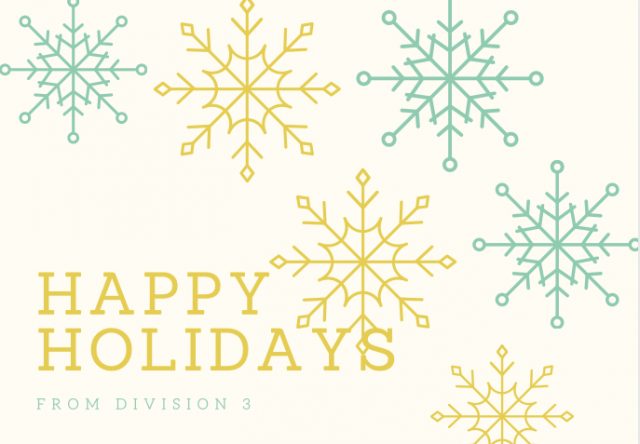If you are interested in seeing the Burnaby Art Gallery’s annual showcase of collective student artwork be sure to book your visit today. The gallery will be on display from April 30 through to June 6th. Bookings are required so call in advance to book one of several spots. Half-hour time slots have been scheduled throughout opening hours (Tuesday – Friday 10am – 4:30pm; Sat & Sun Noon-4:30pm), with a maximum of 8 people allowed in the gallery at a time. Groups are restricted to 4 and should be from the same household. As always, gallery admission is by donation.
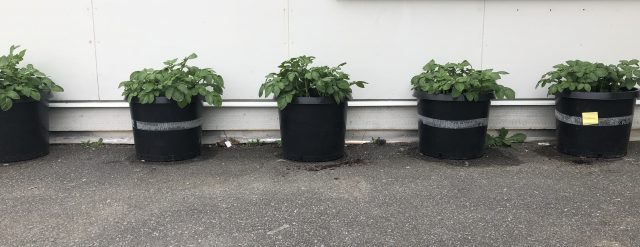
Check out how much our spuds have grown since Spring Break. Harvesting will take place in June. How many potatoes do you think these plants will produce? Put your predictions in the comments section of this thread.
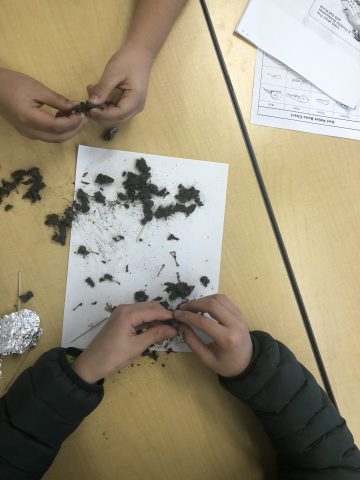
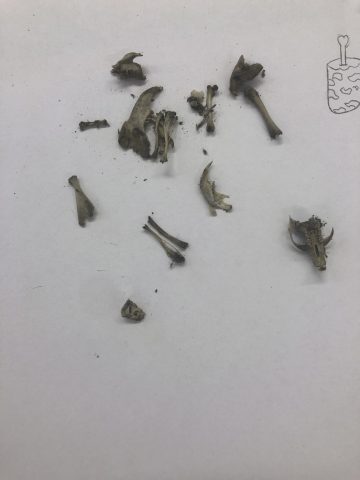
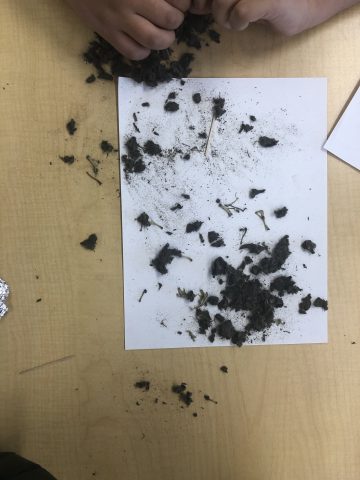
Lesson Objectives
In this lesson students are learning about:
- owl habitats
- food webs and predator and prey relationships
- owl adaptations
- pellet formation
- bone classification-anatomy and physiology of different species
- conservation
- stewardship of owls and other species
Owl Pellet Video Links
What are Owl Pellets?
https://www.freetech4teachers.com/2016/12/what-are-owl-pellets-learn-by-watching.html
How to Dissect an Owl Pellet
https://scottishwildlifetrust.org.uk/resource/discover-how-to-dissect-an-owl-pellet/
Assignment
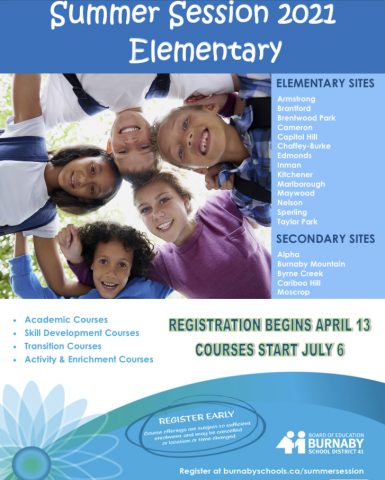
If you would like help selecting summer school courses for your child or need assistance registering please contact me.
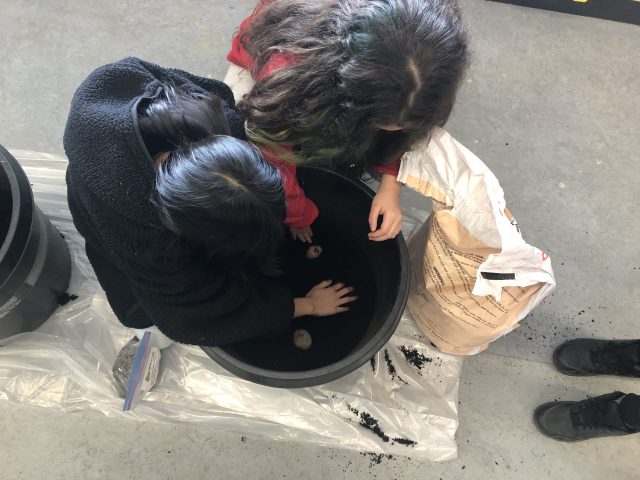
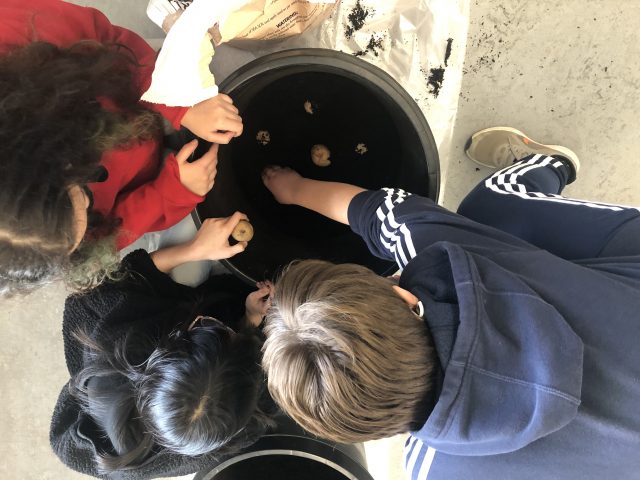
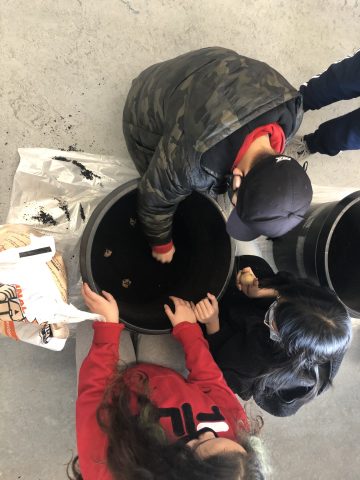
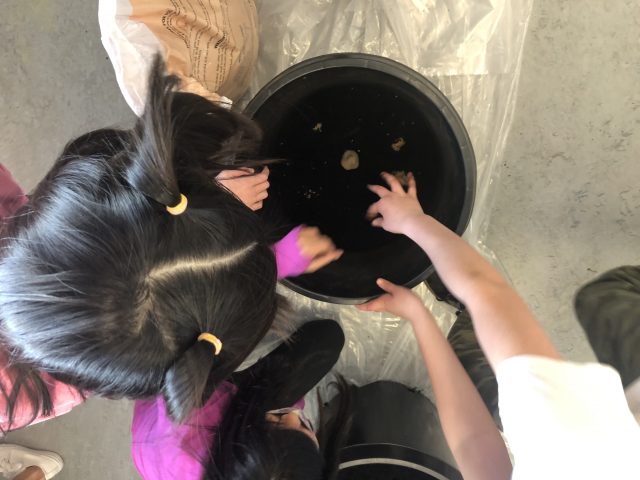
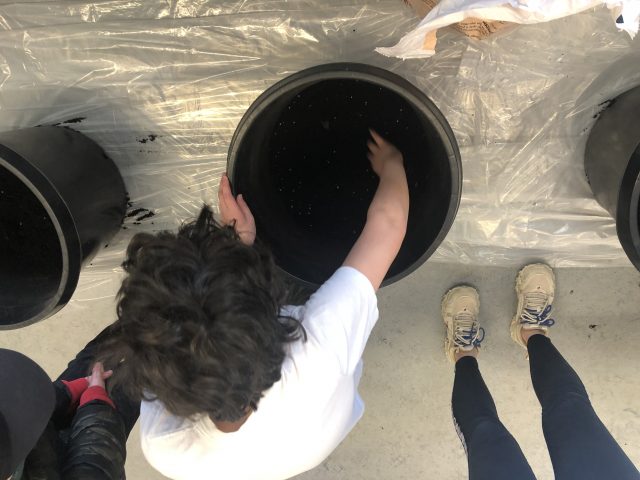 Today we planted our seed potatoes prior to spring break. We will harvest the potatoes in June. Our class predicts that we will grow approximately 100-320 potatoes.
Today we planted our seed potatoes prior to spring break. We will harvest the potatoes in June. Our class predicts that we will grow approximately 100-320 potatoes.
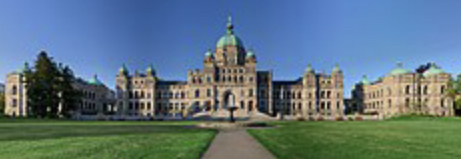 Today we had a virtual field trip to the Legislature. We explored the Parliament Buildings and learned about their design, history and use. We learned about important symbols of the Legislative Assembly and discussed significant historical, political and social events in B.C. and how they relate to the Legislative Assembly.
Today we had a virtual field trip to the Legislature. We explored the Parliament Buildings and learned about their design, history and use. We learned about important symbols of the Legislative Assembly and discussed significant historical, political and social events in B.C. and how they relate to the Legislative Assembly.
We learned that the Legislative Assembly is made up of many people and learned more about the work they do and the roles they play. We also learned more about how a bill becomes law.
For homework students are encouraged to complete the participant survey below:
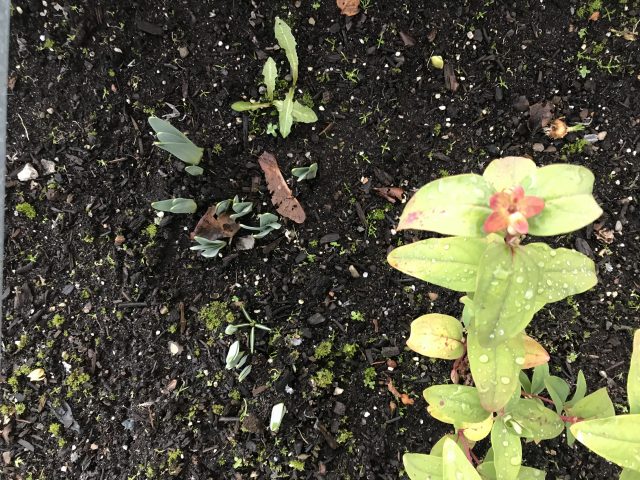
While it is still winter we are starting to see signs that Spring is on its way. Can you see where the daffodil bulbs are starting to sprout? Before you know it Spring will be here and the daffodils we planted this fall should be in full bloom.
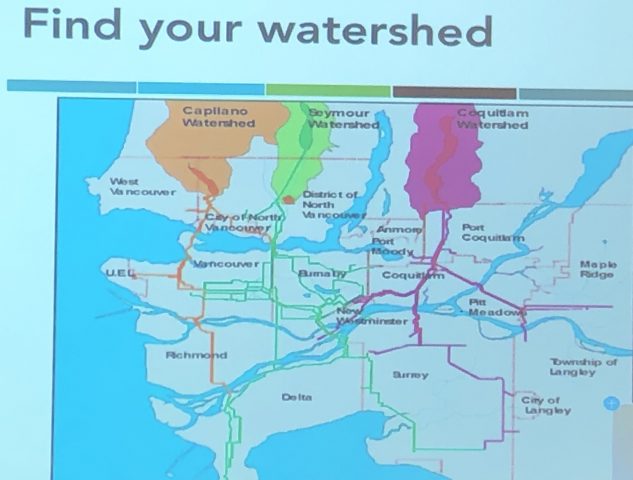
 Dear Aubrey Parents and Guardians:
Dear Aubrey Parents and Guardians:
You are invited to view this 22 min youtube clip geared for parents of Intermediate students. Mr. Jesse Miller, an Internet Safety Consultant will be working virtually with our Intermediate classes. This clip is available to all Aubrey parents until December 18th.
Div 3 Class Blog ©2025. All Rights Reserved.
Powered by WordPress.
Theme by Phoenix Web Solutions
